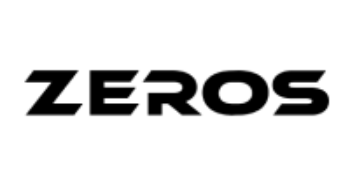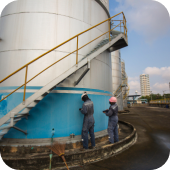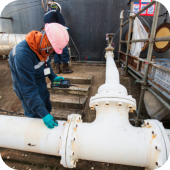

Zeros GmbH
Zeros GmbH is your reliable partner for destructive and non-destructive materials testing.
Overview
Zeros GmbH is your reliable partner for destructive and non-destructive materials testing.
Zeros GmbH have an experienced team of materials testers and engineers that offers you a comprehensive range of testing services to ensure the quality and safety of your components and systems. They specialize in testing metals, plastics and composite materials.
Zero GmbH materials testing includes both destructive and non-destructive testing methods. They use the most modern testing technologies and methods to meet your requirements and purposes.
Zero GmbH's non-destructive testing methods include ultrasonic testing, X-ray testing, dye penetrant testing, magnetic particle testing and visual testing. Tests are carried out without damaging the material. These test methods are often used in testing welded joints, castings and forgings, electrical sheets, copper pipes, aluminium alloys, turbine blades and heat exchangers.
Products
Services
Ads












